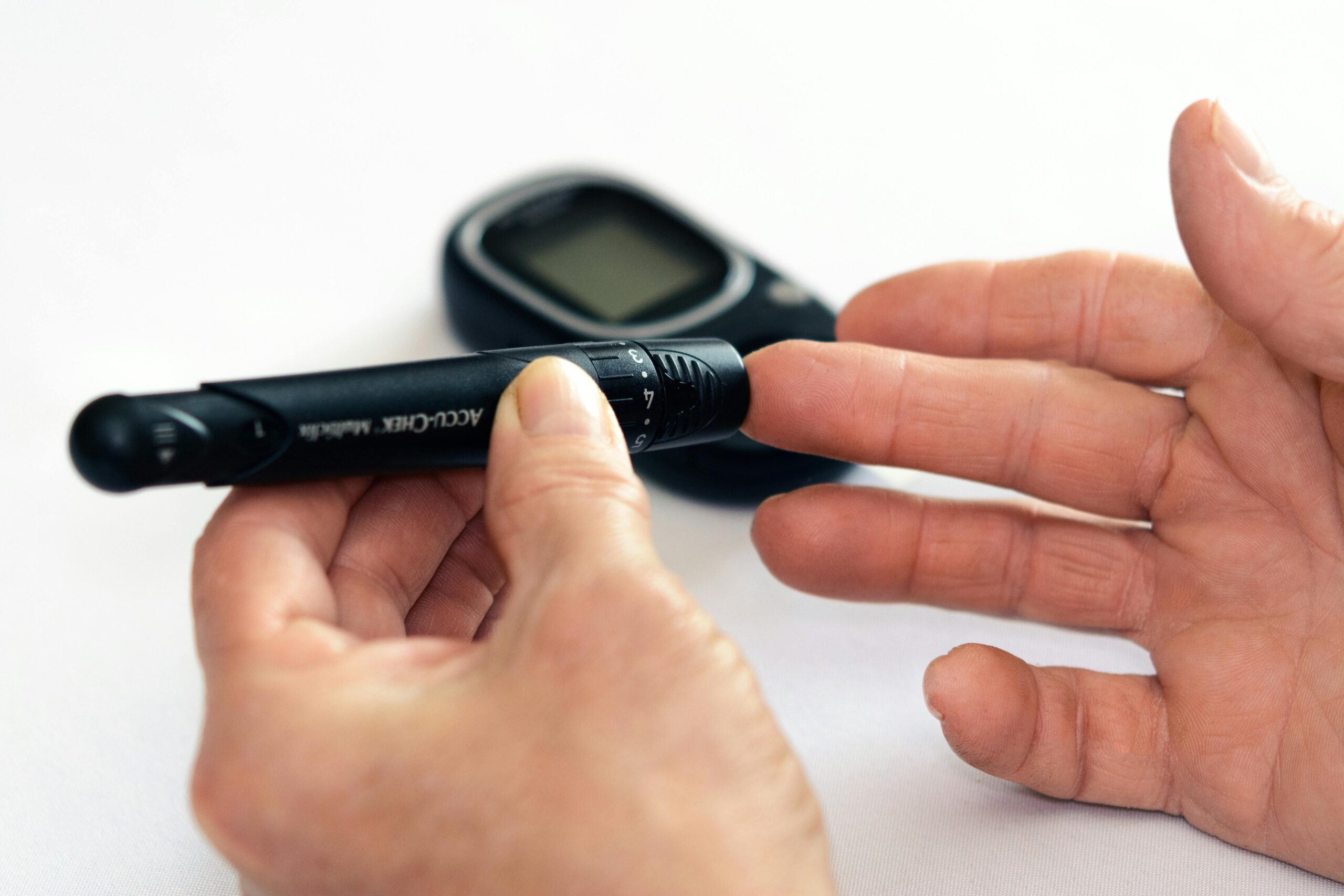Medical devices range from simple tools to advanced diagnostic systems. Protecting these inventions through patents is critical for securing market advantage and attracting investment. However, the patent process for medical devices involves unique challenges that differ from other industries.
What Counts as a Medical Device for Patent Purposes
In the United States, the term “medical device” covers a wide range of products. It includes surgical instruments, diagnostic equipment, implantable devices, and wearable health monitors. If a device has a specific medical use and meets patentability requirements, it may qualify for patent protection.
Patent law does not require FDA approval before filing an application. However, device design and claims must align with eventual regulatory submissions to avoid conflicts.
Patentability Requirements
A medical device must meet the same basic criteria as other inventions:
- Novelty: The device must be new compared to existing technology.
- Non-obviousness: The device must represent more than a minor or predictable modification of known designs.
- Utility: The device must have a specific and practical medical use.
Prior art searches are essential before filing. They identify existing technologies that could limit claim scope or block patentability.
Drafting Strong Medical Device Patents
Medical devices often include both mechanical and electronic components. Claims should cover the device as a whole and important subassemblies. If possible, include method claims for using the device and manufacturing claims for key components.
Drawings are particularly important. They can show structural relationships that may be hard to describe in words alone. High-quality figures also help examiners and potential licensees understand the invention quickly.
Special Considerations for Combination Devices
Some devices integrate pharmaceuticals or biologics. These “combination products” face additional patent challenges. In such cases, protection may require multiple patents, one for the device, another for the drug, and possibly more for delivery methods. Coordinating claim strategies can maximize protection.
International Filing Strategies
Many medical devices have global market potential. Filing under the Patent Cooperation Treaty (PCT) can provide international coverage while delaying final country-specific filings. Early consideration of foreign filing can prevent loss of rights, since many countries have strict absolute novelty rules.
Enforcement and Licensing
A patent is only valuable if it can be enforced. For medical devices, enforcement often focuses on stopping unauthorized manufacturing, importation, or sales. Companies may also license their technology to established medical device manufacturers. Well-drafted patents improve licensing value by clearly defining the scope of protection.
Practical Steps for Medical Device Inventors
To improve your chances of securing strong protection:
- Keep detailed invention records from the earliest concept stages.
- Build prototypes and document their features.
- Conduct prior art searches before investing heavily in development.
- Work with patent counsel early to identify claim strategies.
- Consider both U.S. and international protection plans.
Conclusion
Patenting a medical device is more than filing paperwork. It requires technical detail, legal precision, and strategic planning. Medical device innovators who approach the process carefully can protect their ideas, attract funding, and compete effectively in a crowded market.
Twisdale Law, PC helps medical device developers secure strong patent rights and navigate the complexities of both domestic and international protection.








